Lindsay Grace is a video game designer, artist, and a professor. He’s best known as an academic gamer because of his focus on uses of interactive media and games to not only explore worlds but also cultural standards. His work includes projects such as social impact games, which are games that try to affect the gamers perspective about an issue, and much more. I think what he does effectively in his presentation is draw from different projects he’s worked on and the true data he shows with it.
Category: SectionB
Looking Outwards-08 : Mike Tucker
Mike Tucker is an interactive director whose work focuses on how arts and music can be turned interactive. He is based in the UK, and he studied how to create interactive art. Mike Tucker currently works at Magic Leap, but he has worked with many bands to create interactive art that played their music, such as pulling spheres to your ear virtually, or creating little organisms that would chime with noise. He described himself as a big fan of Flash, before Steve Jobs had gotten rid of it with the development of Macintosh.
His work centers around using body motions, such as hands, eye movement, and head movement to direct art virtually. I admire how he tries to incorporate all five senses, and has made work that people had experienced synthesia with. I admire this because I tend to be sensitive to my senses, and end up focusing on certain noises or sights, and he effectively uses these traits to create art.
I admire his Tonandi work the most, because something about it seems very ethereal. There are glowing lights that sway with the sound and the head movement of the VR set, and it almost feels like you are in the movie, Avatar. Additionally, I think this work is special because though there are ethereal images appearing, the background can be anything, and it will make the user feel that they are in a different landscape. It gives off fairy-like vibes, and it is visually and audibly beautiful.
Mike Tucker presented his work very effectively, by going through timelines and comparisons. He first started by showing how VR once looked like before the technological advancements we have today, and then slowly showed how it changed with time. On top of this, he continuously showed the audience his work, and examples of how a user could interact with VR. For example, one of the works made it possible to “grab” a sphere with a song playing, and hold it to your ear to increase the volume. Another example was where the user’s fingertip could be used to draw different geometric shapes. It was impressive to see how the interactive media progressed as technology improved, and how Mike Tucker’s work grew with the time. From Mike Tucker, I got a sense of what a good presentation would be for artistic and technological projects like his. I would definitely present progress pictures/videos, and show examples of my inspiration like he did.
https://vimeo.com/channels/eyeo2019/page:4
The link above is the link to his talk. However I could not find a video of his work, Tonandi. Therefore, below includes pictures of Tonandi.

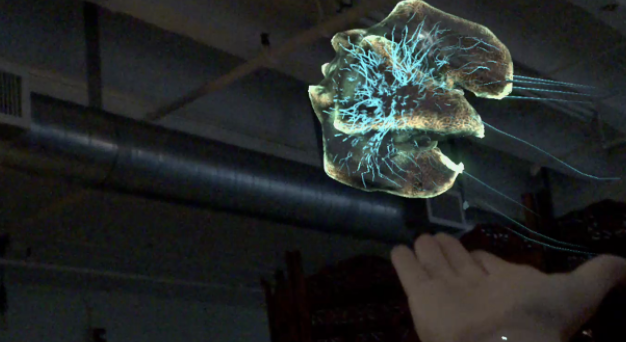
LO – 08
I watched the video on Sarah Groff Hennigh-Palermo from the 2019 Eyeo Festival. Hennigh-Palermo is an artist, data designer, and programmer.
Sarah’s work is devoted to making computers more accessible, flexible, and contextual; to do so she has created art sites, computer langugaes, hybrid machines, and — more recently — films and live visuals.
My personal favorite of her works is “Summer’91” which is based off her own experiences, specifically her childhood growing up in Southern California. I really like this piece because of its smooth visual flow with the warm tones, also once you know the story behind it you feel immersed in the gentle feeling from the piece.
I really like how she also pulls her own experiences into the presentation too. While presenting she often refered to what she has experienced to bring importance to her points.
In addition, her visuals are fun and intriguing making it easy for the viewers to feel engaged and intersted in her presentation.
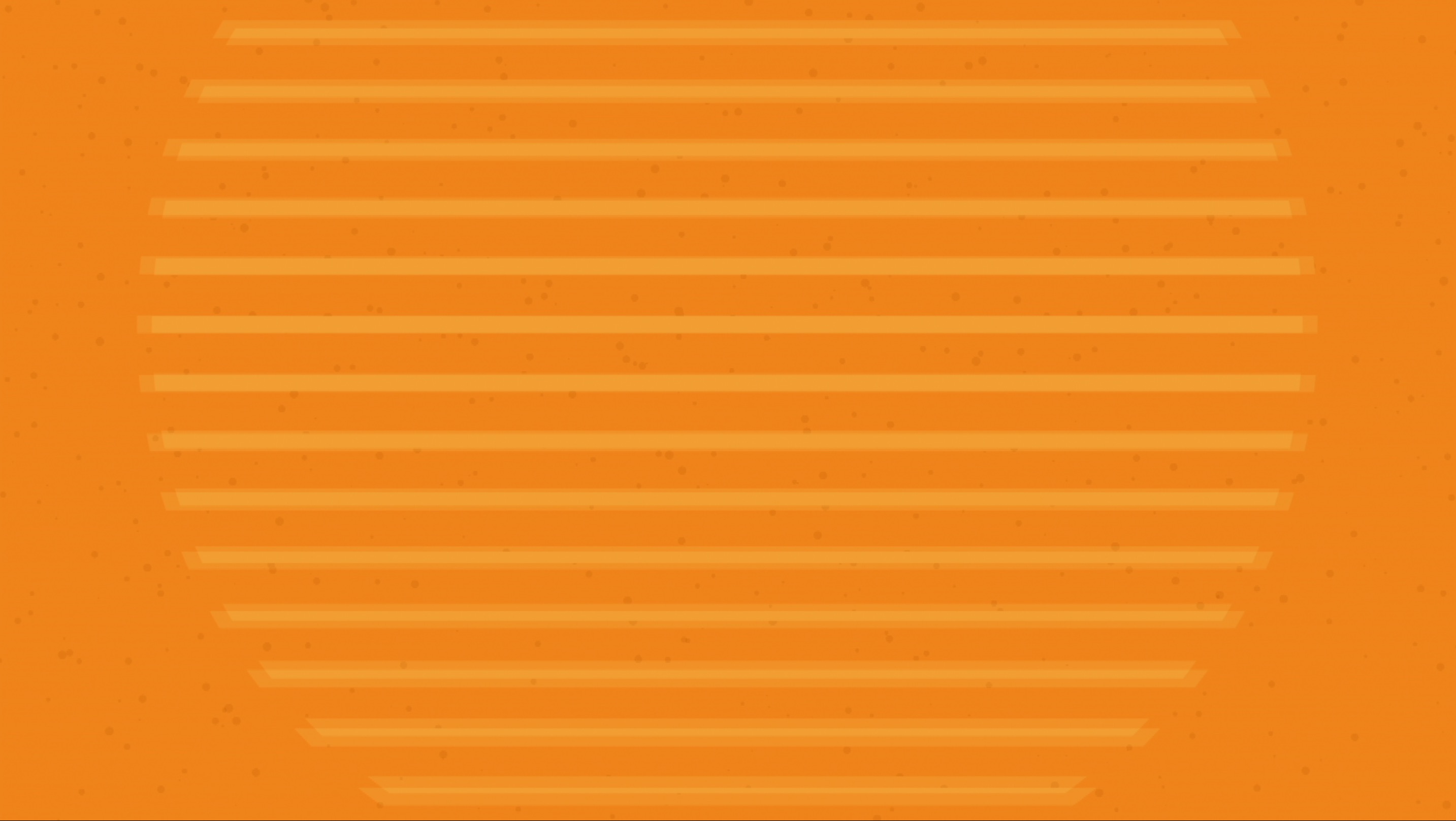
Looking Outwards-08
Sarah Groff Hennigh Palermo(Sarah.GHP),is an artist, a programmer, and a data designer. A link to her personal website is http://sarahghp.com.
Sarah graduated from Integrated Digital Media program in NYU’s Tandon School of Engineering. She is interested in constructing technology and information in different ways. She wants to create art works that move away from an information-instrumental view of data and into more artistic, humane, and sensitive approach.
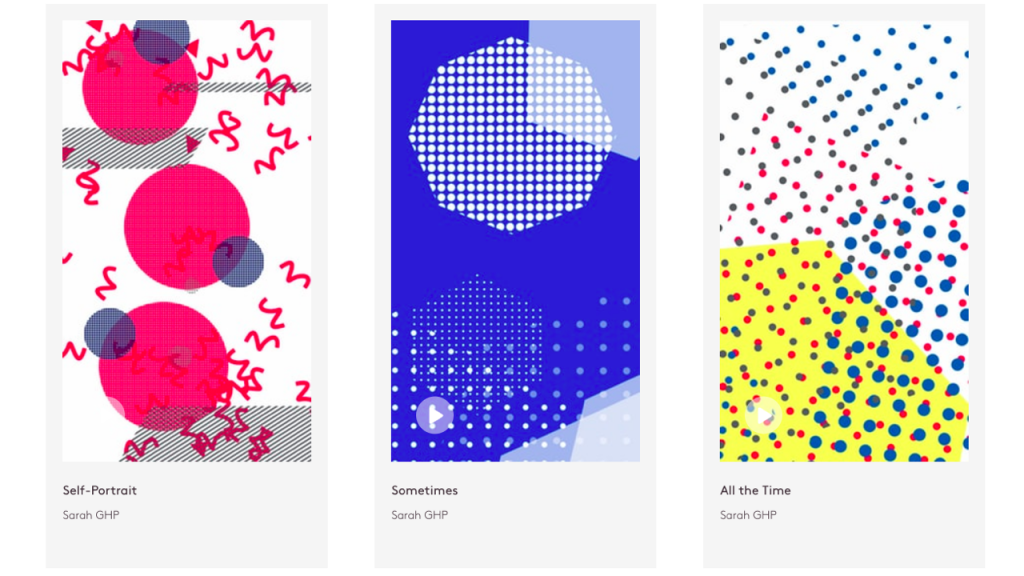
In her presentation, she begins with telling the audience her disappointment in how info and data have become big concerns in life as authoritarian forces and big companies constantly extract information from citizens using high technology. She condemns this the lack of privacy and believes that information, data, computers, and high technology should not threaten people’s identity safety and negatively influence our life in general. Thus, she proposed the idea of undermining computing. She explains that this is not to oppose computers as “destroy computer and we will live in the woods”. Instead, she suggests that we should simply take a step back and explore different ways of handling technology. I think her idea is very interesting so I’m looking forward to see how Sarah manages to incorporate this concept in her works. Sarah brings up an alarming problem that we all face in the 21st century. It is constantly debated and argued that what should be the ideal relationship between humans and computers. Sarah moves on by introducing her projects. She has been performing live visuals with her algorithmic band, Codie. They have given performances which involves live coding, dance, and music at multiple locations. I think it’s amazing that by combining dance, music, and visuals, and have them modified alive, Sarah and her band create art pieces that use technology partially but not entirely rely on it. Instead, human is a crucial aspect of all these works and technology is more like a tool. It allows human creativity, participation, intervention, and individuality. Sarah presents some of their performance videos. They have been including pop geometry, adding different features, and accumulating random movements of bits and pieces with people dancing to the party music in the background.They are also accepting human failures and making failures interesting as sometimes the program gives them surprising results when there are errors.
Sarah explains that AI art is usually futuristic, magic, and novel. People spend too much effort expressing how fascinating a futuristic, high-tech world is yet ignore the fact that human behaviors can be equally valuable and interesting.
Looking Outwards 08: The Creative Practice of an Individual
Brian House, https://brianhouse.net/
Brian House is a new media and interdisciplinary artist whose work focuses on computational and artistic representations of time and location. He has studied computer science and computer music at Columbia University, Brown University, and Chalmers University of Technology. House is originally from Colorado, but is based in Portland, Oregon as a teaching professor at Lewis and Clark College. One project of interest and representative of House’s body of work, which he emphasized during his talk at the 2018 Eyeo Festival, is Animas.
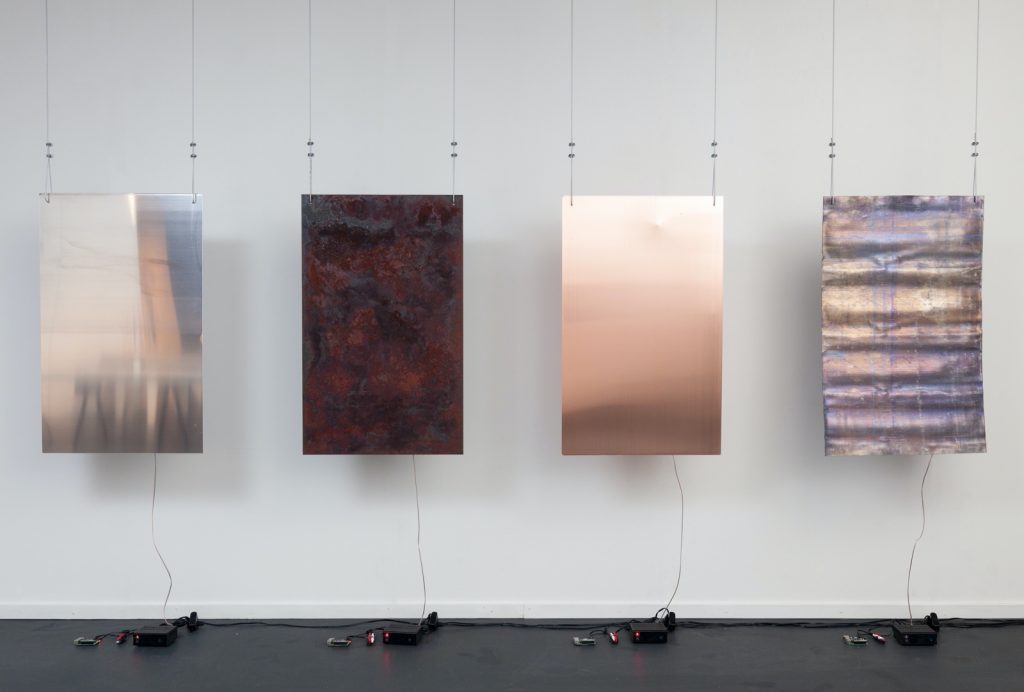
To address the issue of water contamination in the Animas River, he created panels of the metals exceeded EPA tolerances in the river. They vibrated at unique frequencies which updated based on real-time data. The changing makeup of the river generated a unique sound composition. I appreciate that his body of work takes political issues and uses sound, new, and time-based media to make thought-provoking work. I thought he was a very engaging speaker in that he outlined some of his more representative works within his speech and contextualized each of them within society and human relationships, making them more relatable and engaging.
LO-08
Ariel Waldman enjoys collaborations between science and space exploration. After studying art in university, Ariel landed a job at NASA. Ariel’s goal is to teach others how to contribute to the fields of science and space exploration in innovative ways. Ariel is on the council for NASA Innovative Advanced Concepts. This program takes far out science-fiction concepts and tries to implement them to better future space travel and exploration. Ariel founded Spacehack.org, a home for ways to participate in space exploration. I admire her vision for the average person to be able to understand and participate in such a complicated field. Ariel created Spaceprob.es, a site that catalogs all active spacecrafts that orbit our planet and others in our solar system. Ariel is adamant that you do not need to know anything a field learn or enjoy it. Her presentation style is approachable and positive. All of her work after leaving NASA originally has been dedicated to helping people participate in science and space exploration.
Looking Outwards: 08
Meow Wolf is an artist collective based in Santa Fe, New Mexico. The collective contains hundreds of members who work together to create large-scale, elaborate art installations. The two representatives of Meow Wolf at the 2019 Eyeo Festival, (Danny Bazo and Conor Peterson) studied various intersections of art and computers in college. For example, Peterson studied an Experimental Computer Art program at the University of New Mexico. However, many of the artists in the collective are architects, designers, writers, painters, etc.
Meow Wolf’s body of work consists of collectively designed and assembled installations that are themed around the existence of multiverses. I admire the way they work collectively, synthesizing each artist in the collective’s unique style and making it work with the piece at large. I admire these aspects of the collective’s work because it allows for a balance between individual expression and collective cohesion. My favorite project of theirs is the House of Eternal Return because it uses the frame of a banal American home and juxtaposes it against these fantastical, otherworldly realms.
Meow Wolf presents their work using photos of their work, both in progress and complete, videos of the artists interacting with each other and working on the art, and through illustrative graphics. I’ve learned to include process a lot more in my presentations.
Looking Outwards – 08 – Creative Practice
Daniel Shiffman was born in Baltimore, Maryland. He studied Mathematics and Philosophy at Yale University. Currently, he works an an Associate Arts Professor at NYU’s Tisch School of the Art. He is also a director of The Processing Foundation, whose mission is to make software literacy in visual arts accessible to people from diverse backgrounds and interests. He has published his own books on processing as well as uploaded many programming-related videos on his YouTube channel.
I find it incredibly admirable that he takes his passion in programming and works to share it with others around the world, whether it be through teaching, writing, or creating videos. I admire his project called The Unicorn Race, not only because it was coded live on stage at Eyeo 2019, but because it is interactive. The game recognizes custom objects and sounds, gets the audience involved, and even broadcasts images to the world after the game is over.

Shiffman is knowledgeable in his field, yet he simultaneously presents himself in a very personable, humble way. He interacts with his audience while he presents and tries to make them laugh as well. This makes his work easier to follow along because he shares his thought process out loud, keeping his audience focused. This made me reflect on how I could present my own work more effectively by engaging my audience and articulating my thought process.
LO – 08 – Refik Anadol
Refik Anadol, Space in the Mind of a Machine, 2019.
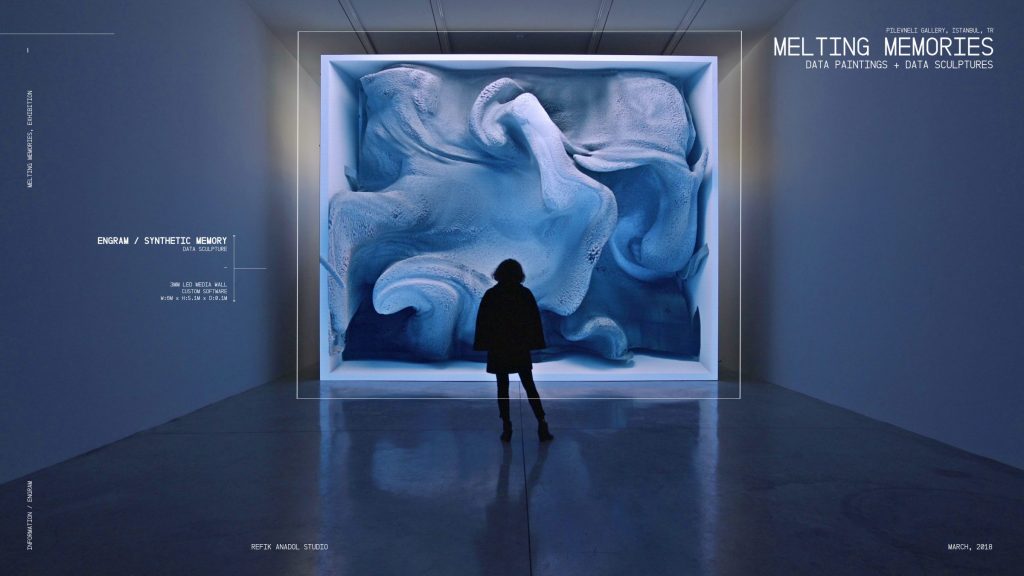
Refik Anadol is a media artist from Istanbul, Turkey who works on site-specific public art, parametric computer design, and interactive audio performances in his installations. Anadol currently has a Masters of Fine Arts from both California and Istanbul. Anadol works on creating installations that encompass aspects of architecture, media arts, and machine learning to create uniquely interactive art pieces that respond to a multitude of combinations of machine learning and traditional media.
Anadol’s dedication to creating site-specific art is inspiring because it uses public spaces as his canvas and muse for his designs. He mentions in the talk how a public space often has no formal entrance, beginning, or end, but rather exists with the environment around it. Taking that idea and then using interactive computation design for his installations allows for his work to not simply be on display, but become a part of the space in which it exists and interacts with the people passing by.
Specifically, his piece Melting Memories, a data sculpture, fascinated me in how it visualizes one of our most private data, our memories. Anadol found common patterns in the results of our brain activity and used this data set for the programming of the sculpture by using noise functions. This project was super interesting in how it adapts frontal lobe activity in the brain into a painting that creates a variety of moves and patterns through noise. Using computational design, Anadol is able to reflect our thoughts in a language that is not verbal, and thus makes intimate moments in a public abstracted performance.
Anadol presents his work by defining his explorations and goals for spatial thinking and translation before discussing each project. By understanding his intentions for a project, it becomes clear to us how he uses his media background to execute those ideas.
Looking Outwards 08: The Creative Practice of an Individual
Out of all the speakers throughout the Eyeo Series, I was most drawn to Jane Friedhoff and her whimsical works. Jane is an interdisciplinary creative technologist, artist, and independent game developer. Her goal is to “blur the lines between as many media and genres as she can,” which really spoke to my experiences within the School of Art here at CMU. Friedhoff was previously at The New York Times’ Research & Development Lab and The Office for Creative Research, a hybrid research group that studied the intersection of culture, education, and technology to make tools and experiences that humanized data. As of 2018, she’s currenting working with the Google Creative Lab.
I was really drawn to Friedhoff’s work because of how they enable users to see beauty and have fun within every day small spaces, like her AR experiment Hidden World. Her talk about creating games about power fantasies and her deconstruction of that term in relation to game design, worldbuilding, and stepping away from current societal power dynamics was really engaging and added a level of depth and sophistication to her works that I want to emulate when discussing my own works in the future.
![[OLD FALL 2020] 15-104 • Introduction to Computing for Creative Practice](../../../../wp-content/uploads/2021/09/stop-banner.png)